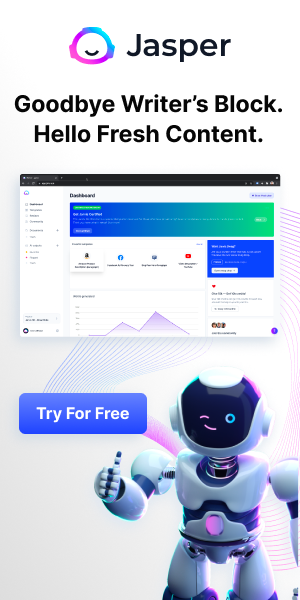
As part of a lengthy meeting with the U.S. Securities and Exchange Commission last week, the National Crowdfunding Association, www.NLCFA.org, delivered a twenty-four-point memorandum outlining the primary concerns and open questions regarding the regulations the SEC is currently drafting for the American investment crowdfunding market. "We have a terrific team," said David Marlett, Executive Director of the NLCFA. "When good people come together to work for a greater good, it's an honor just to be in the room."
Co-Chairing the NLCFA's SEC Regulatory Committee is Steve Vidal, an Austin, Texas venture capitalist and entrepreneur, and Sara Hanks, a Washington D.C. securities attorney who served as general counsel to the TARP Congressional Oversight Panel. Ms. Hanks is CEO of CrowdCheck, www.CrowdCheck.biz, which provides due diligence services to the crowdfund market. Joining the SEC meeting last week was another member of the NLCFA's SEC Committee, Kiran Lingam, a securities attorney and strong contributor to the crowdfunding dialogue through his blog, www.1billionangels.com. Also participating were representatives of the crowdfunding portal, Early Shares, www.EarlyShares.com, helping give the portal's perspective on the issues being discussed.





















